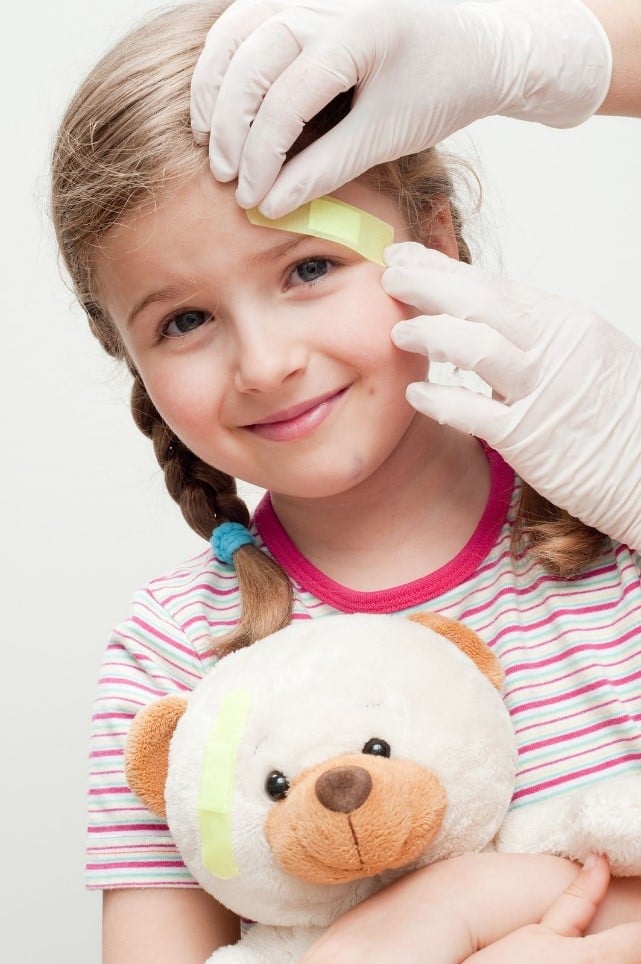As a parent, you wouldn’t want anything bad happening to your child. Yet, given their nature to be curious with the world, children are more prone to nasty accidents. They will then turn to their mummy and daddy to save the day.
What if you’re not familiar with patching up your child’s bump or wound? That’s where first aid training comes in: by gaining knowledge on first aid treatments, you’ll be familiar on how to deal with your child’s injuries and determine if they need immediate medical attention.
Among the many injuries your child can acquire, head injuries are at the top of the list. Knowing a few basics of head injuries and their impact is important when considering taking a first aid course.

Why Head Injuries Happen
A lot of everyday activities can cause bumps on your child’s head. For one, bumping their head against objects is common among children, especially when learning to walk or throwing a bit of a paddy. There’s also the fact that children love running around the house, which increases their chances of tripping and falling over stuff. Outside, school games and sports such as football can also pose risks of head injury.
Apart from activities, certain factors are also at play. For instance, hyperactive kids may be at higher risks of hurting their heads than others. The age of a child also determines the level of exposure to head injuries. For example, kids who are just learning to move around are highly prone to falls.
Symptoms of a Head Injury
In most case head injuries are mild and children recover quickly with no lasting effects. However, a serious hit or bump on the head may result in a more serious injury to the skull or brain. Some of the symptoms that indicate severe head injury include
- Loss of consciousness even for a few seconds or minutes.
- No loss of consciousness, but a state of being dazed, confused or disoriented.
- Headache.
- Nausea or vomiting.
- Fatigue or drowsiness.
- Difficulty sleeping.
- Sleeping more than usual.
- Dizziness or loss of balance.
In some instances, the signs may not manifest immediately. For this reason, a caregiver or parent should seek medical assistance and keep a close watch on a child that has just suffered a head injury. First aid training classes on head injuries teach the correct measures to apply in severe cases before getting medical care.
First aid courses are not just about learning the immediate responses but also how to prevent common injuries. In cases of head wounds, a parent, guardian or teacher can implement measures to reduce the risks. For instance, using proper safety equipment when playing contact sports or helmets when cycling reduces the chances of children hurting themselves or others. Childproofing the home is another way to keep your children safe inside the house.
Not every parent or babysitter knows the right actions to take when dealing with a head injury, so consider a first aid training course as a useful investment for your child’s health.
Sources
Children’s Head Injuries: 11 Things Every Parent Needs to Know, parenting.com
Minor head injury, nhsinform.scot
